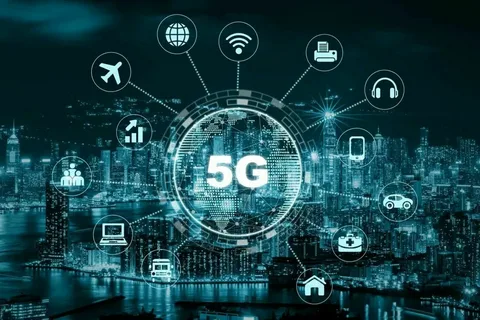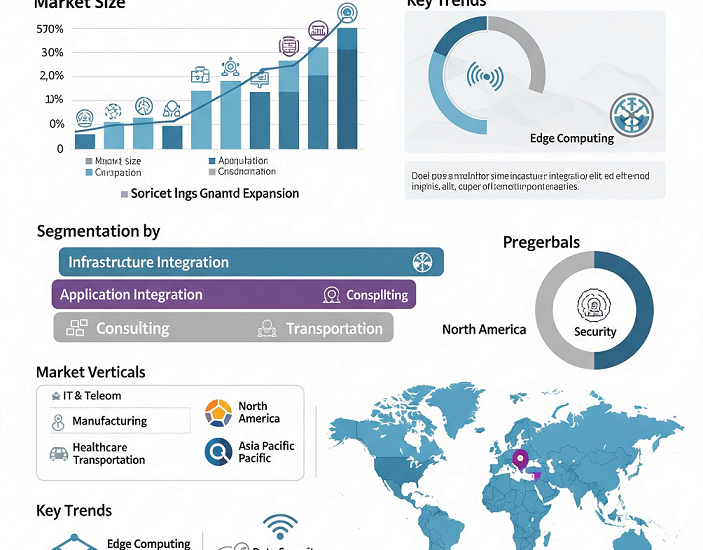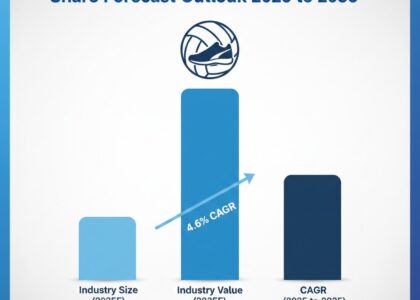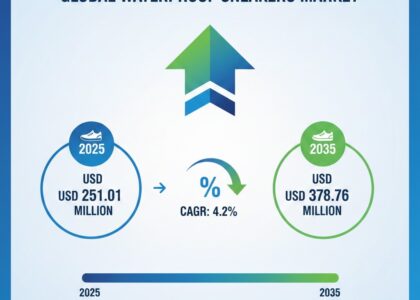The market evaluation for 5G system integration reached USD 25.87 Billion in 2025 before expecting to reach USD 312.7 Billion by 2035 with a projected Compound Annual Growth Rate of 28.3%. A combination of government 5G deployment initiatives, investment in smart city automation and advanced network solutions, and smart city development drives this market growth.
Let’s be clear: 5G isn’t just about faster downloads or smoother video calls. It’s the central nervous system of our digital world—powering smart cities, autonomous vehicles, industrial robots, and remote healthcare. Yet, integration of 5G systems is lagging behind: fragmented, underfunded, and too often relegated to pilot stages.
That has to change.
5G system integration—the complex orchestration of hardware, software, networks, and cloud platforms—is not a luxury anymore. It’s essential infrastructure. And it’s radically transforming how industries operate and innovate.
According to Future Market Insights, the 5G system integration market is poised for significant global growth, fueled by rising demand from telecommunications, transportation, manufacturing, healthcare, and government sectors. This is no niche trend—it’s the groundwork of a future defined by real-time connectivity and massive data flow.
Smart isn’t smart unless everything’s connected. We’re building cities that can sense—but not respond. That ends now.
Get Ahead with Our Report: Request Your Sample Now!
https://www.futuremarketinsights.com/reports/sample/rep-gb-18506
Fragmented Rollouts, Fragile Outcomes
Here’s the reality: many countries and companies have installed 5G towers—but left the ecosystem incomplete. Edge servers? Missing. Network orchestration? Weak. Industry-specific applications? Patching along in stovepipes.
Without proper integration, 5G becomes an expensive upgrade with zero payoff. The result: slow-to-no operational gains, wasted investment, and growing public skepticism about “next-gen” networks.
System integrators aren’t just installing antennas. They’re bringing disparate pieces together. They’re constructing the digital nervous system that powers smart manufacturing, driverless logistics, and remote diagnostics.

The Cost of Disconnection
Delay in full-scale 5G integration isn’t just a tech problem—it’s an economic and strategic one. Industries lose efficiency. Innovation slows. Security risks increase when networks aren’t unified. And consumers? They pay more for less.
When factories don’t integrate real-time machine monitoring, when hospitals delay remote surgery, when cities can’t dynamically manage traffic—that’s money left on the table. Lives, too—not just businesses.
FMI’s forecast shows that global industries understand this. They’re asking for integrated 5G platforms, not fragmented pilots. They want systems that talk to each other—across sectors, across borders.
Exhaustive Market Report: A Complete Study
https://www.futuremarketinsights.com/reports/5g-system-integration-market
Beyond Technology—It’s a Transformation
System integration means more than gluing tech together. It means rethinking workflows, retraining workforces, and refiguring operations around connected capabilities.
It means a manufacturer builds a drone hub whose components all sync in real time, a city deploys traffic sensors that adjust lights dynamically, a hospital runs diagnostics from a distance with zero latency. That only happens when integration is prioritized—not optional.
And here’s the thing: integration complexity is not an excuse. It’s a mandate.
No More Pilots—Time to Scale
We’ve seen the pilot light. Now we need the fire.
Every delay in 5G integration is a delay in future competitiveness. System integrators must be partners—embedded from day one. Telecom providers must become solution architects, not just network sellers. And governments? They must stop underwriting half-baked technology and demand end-to-end integration.
5G may be fast. But if it’s not connected, we might as well stay on 4G.






